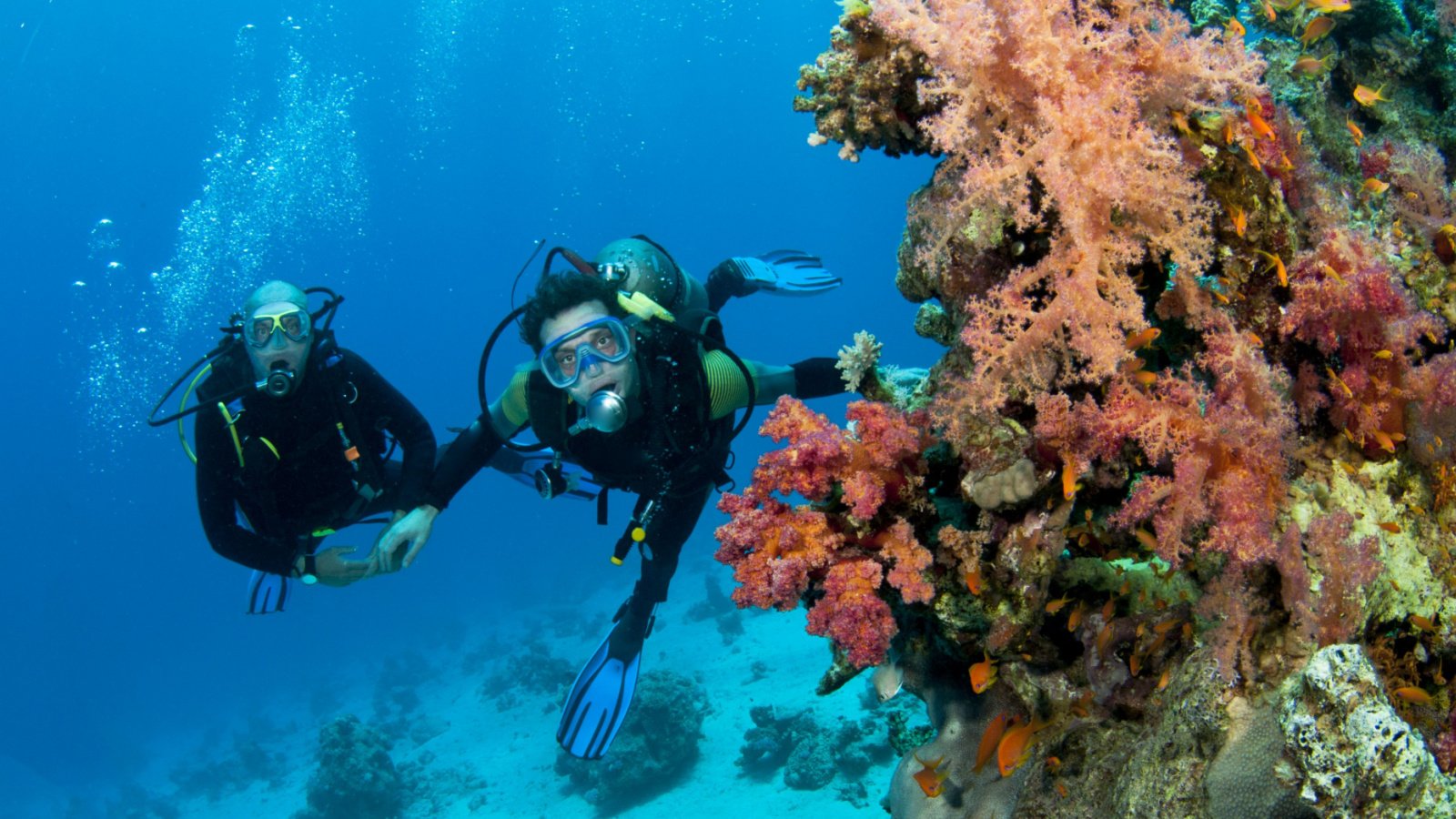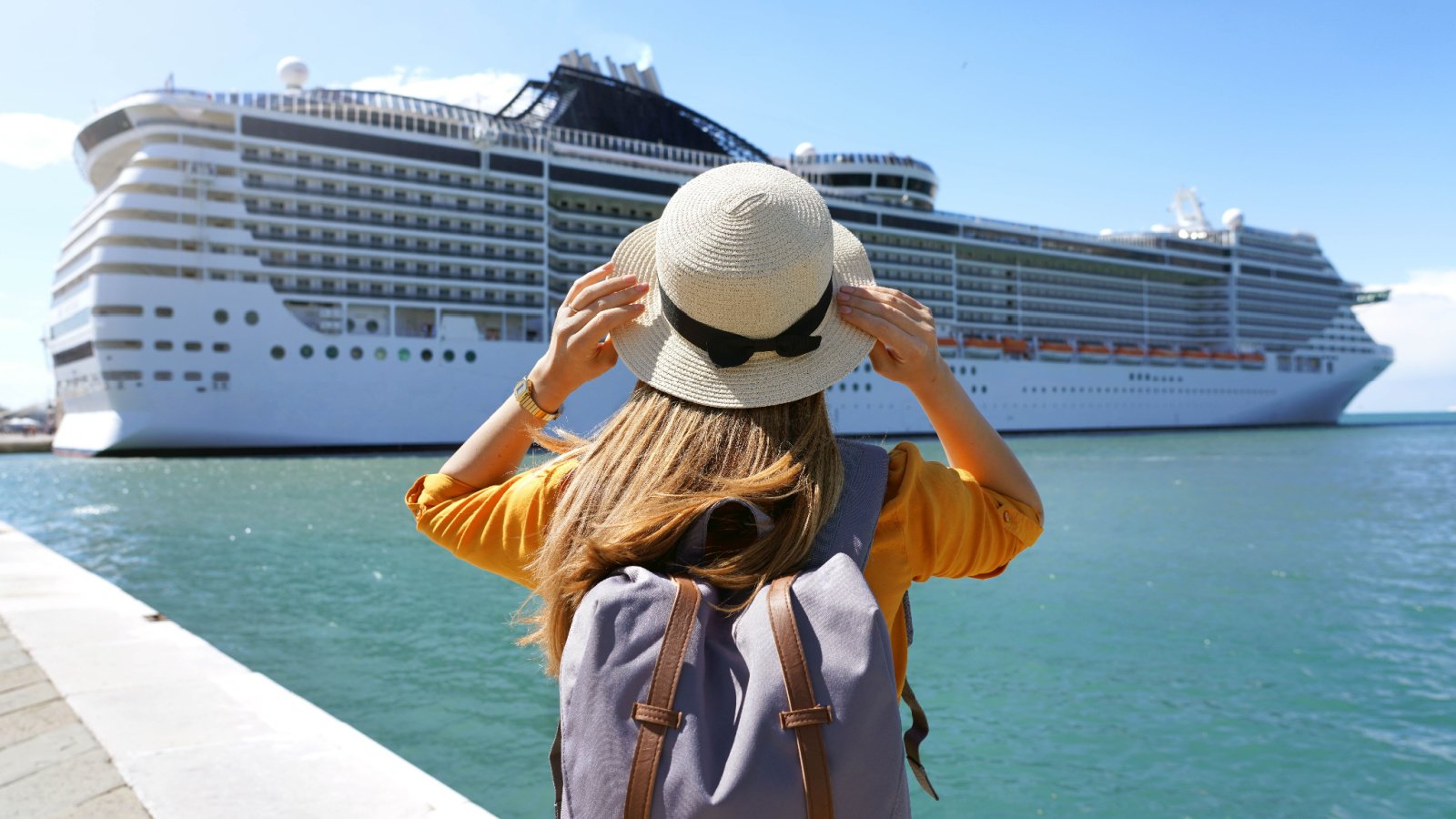The ocean, covering more than 70% of the Earth’s surface, is home to some of the most fascinating yet fearsome creatures known to mankind. From the venomous tendrils of the box jellyfish to the imposing presence of the great white shark, these denizens of the deep command both awe and caution. Their capabilities range from stunning prey with potent toxins to crushing with sheer physical power, illustrating the ocean’s role as a realm of natural selection at its most extreme. This exploration into the most dangerous animals in the ocean not only highlights their lethal attributes but also underscores the intrinsic wildness of marine ecosystems.
Box Jellyfish
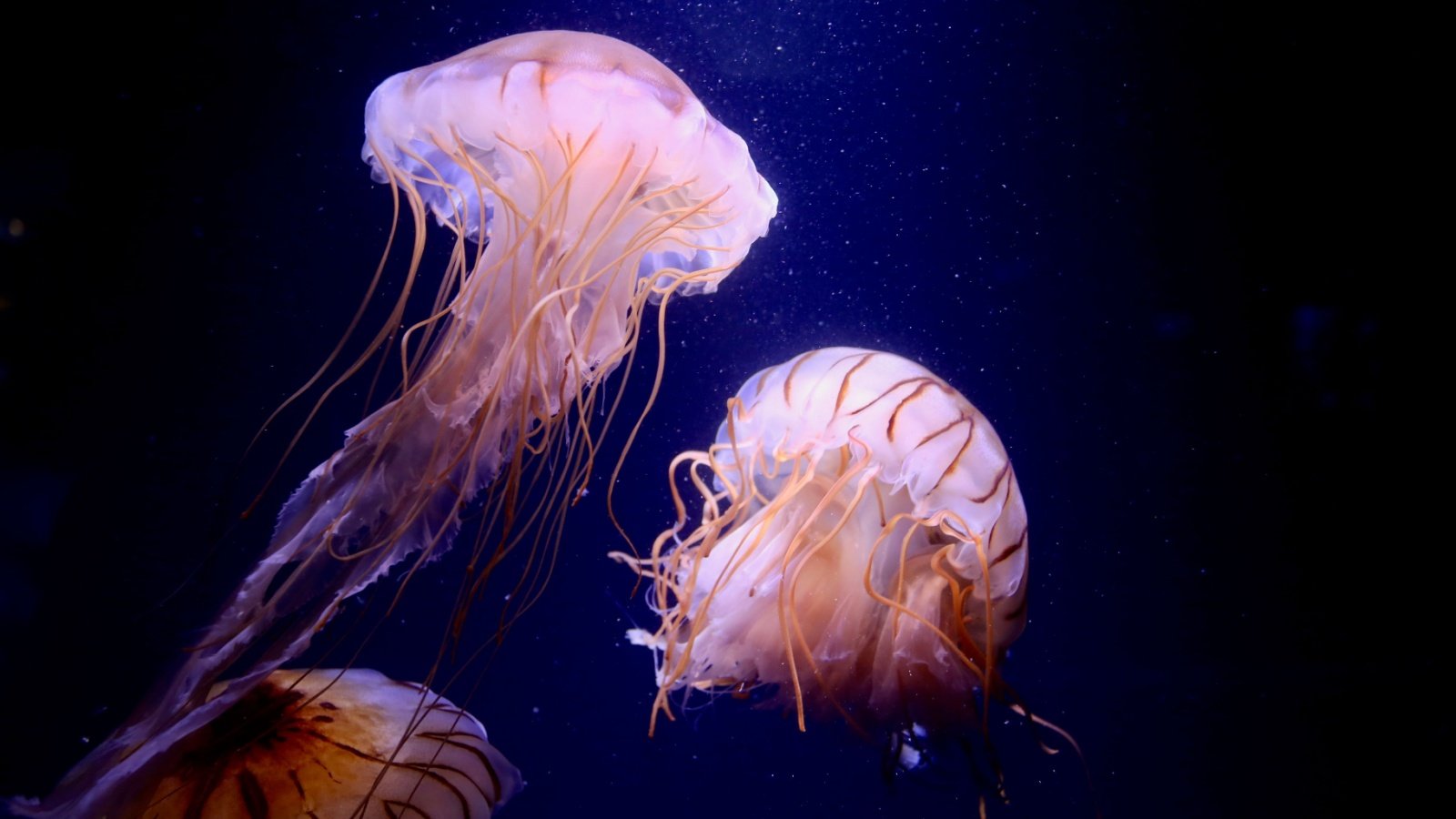
Box jellyfish are notorious for being one of the most venomous marine creatures on the planet. Their sting can cause excruciating pain, paralysis, and even death within minutes if not treated promptly. The waters off Northern Australia and throughout the Indo-Pacific are notorious for these lethal swimmers.
Great White Shark
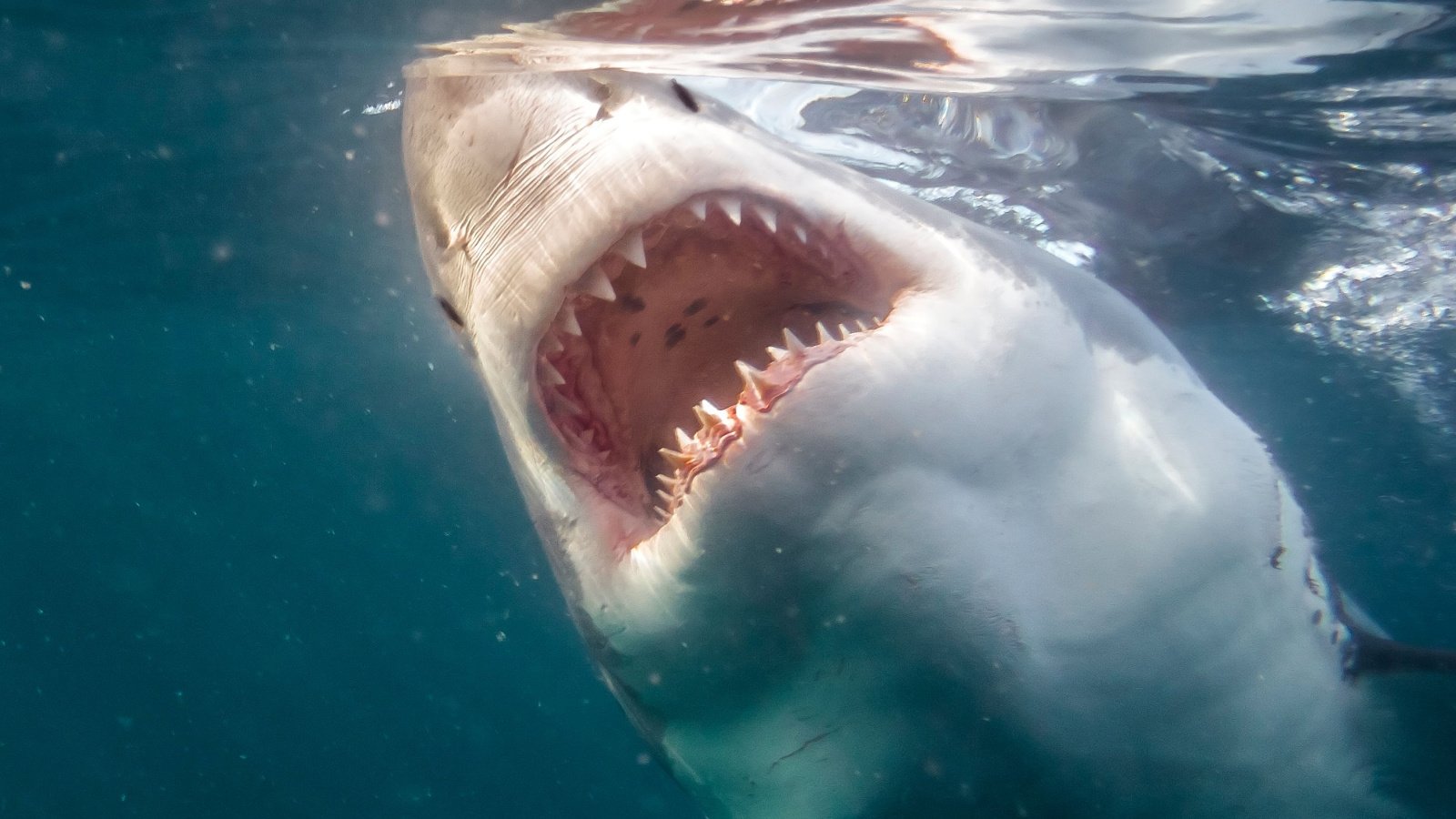
The great white shark has a reputation that precedes it, thanks largely to its portrayal in popular media. Capable of growing up to 20 feet in length and weighing as much as 5,000 pounds, these formidable predators are not naturally human hunters but are responsible for the largest number of reported shark bite incidents on humans. They inhabit temperate coastal waters all around the globe.
Saltwater Crocodile
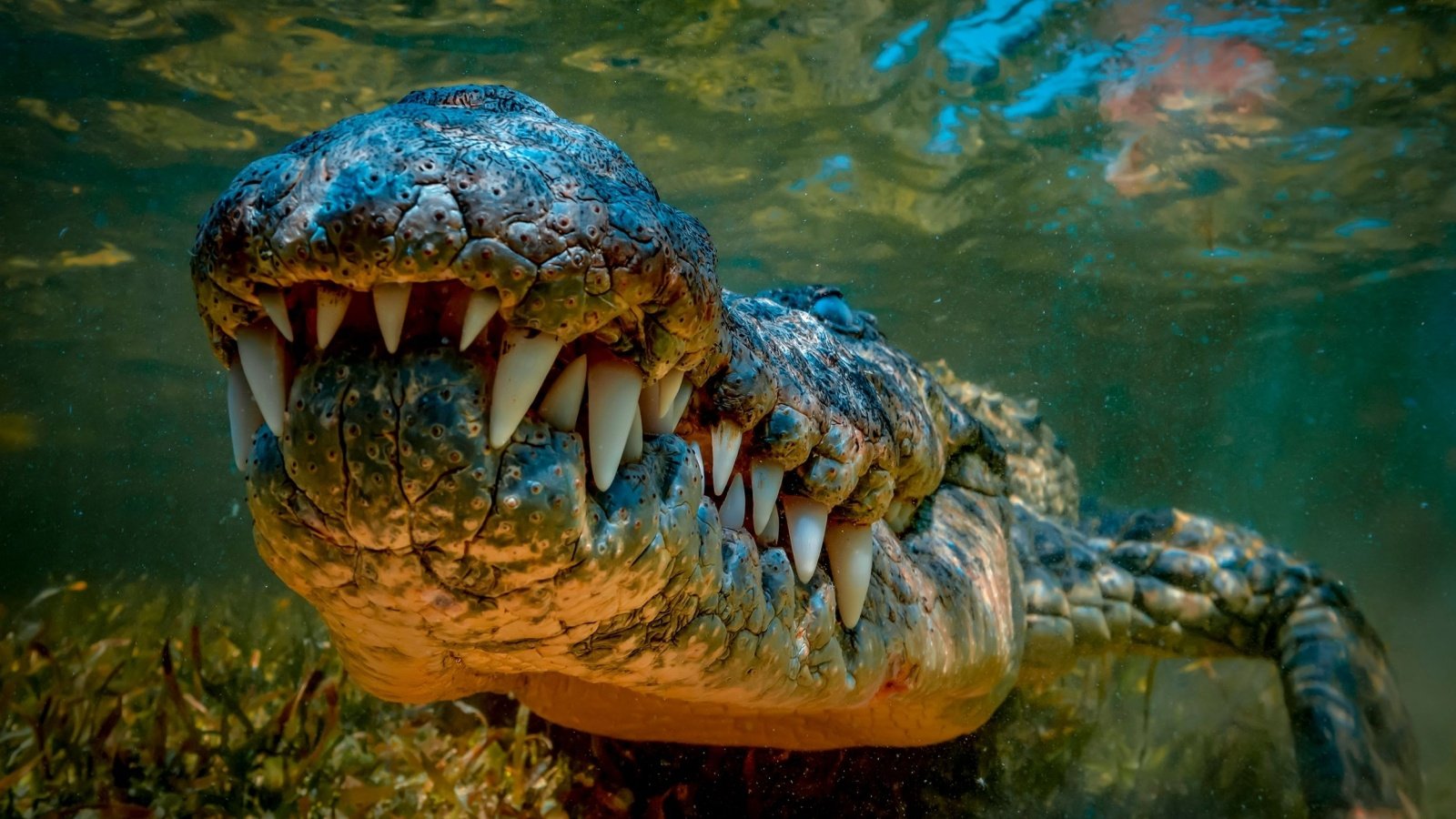
Saltwater crocodiles are the largest of all living reptiles, known for their power and aggression. These apex predators can grow up to 23 feet in length and weigh more than 2,200 pounds, and they have been known to attack humans without provocation. Their range extends across the coastal regions of India and Southeast Asia to northern Australia.
Blue-Ringed Octopus

Small but deadly, the blue-ringed octopus carries enough venom to kill 26 adult humans within minutes. The venom, which contains a powerful neurotoxin, is delivered through a small bite that often goes unnoticed by the victim until respiratory depression and paralysis begin to set in. Found in tide pools and coral reefs across the Pacific and Indian Oceans, they are beautiful but best admired at a safe distance.
Tiger Shark
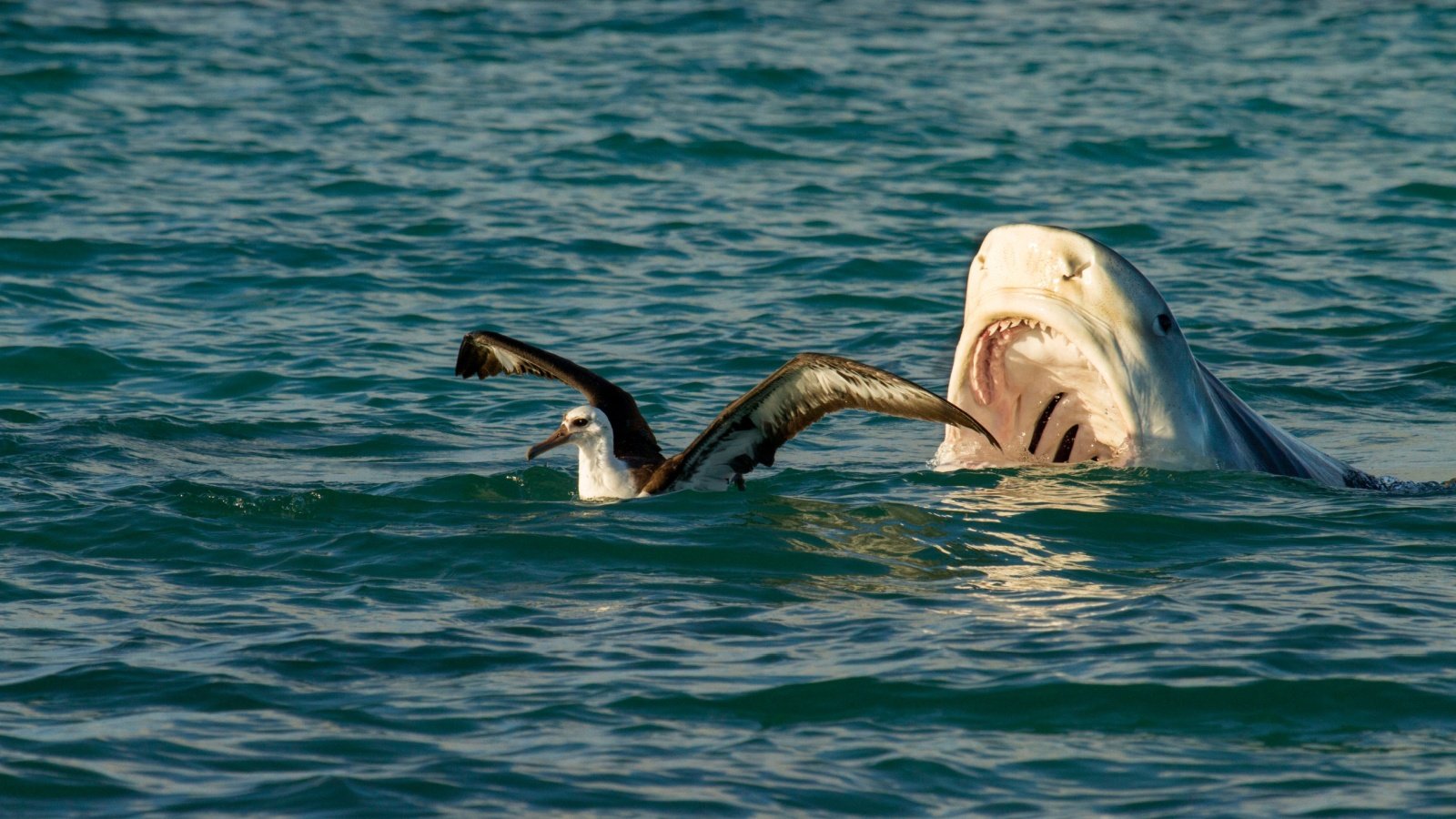
Known for their indiscriminate eating habits, tiger sharks are considered one of the most dangerous sharks to humans. Their distinctive stripes fade as they mature, but their appetite for diverse prey, including trash, makes them particularly unpredictable. They roam many tropical and temperate waters, often close to shore, leading to potential human encounters.
Cone Snail

Cone snails are small, ornate, and deadly, armed with a potent venom that can prove lethal to humans. One particular species, the geography cone, is the most venomous, with a single sting capable of killing a human. They are found in warm, shallow waters around coral reefs and rock formations, camouflaged beautifully but dangerously.
Bull Shark
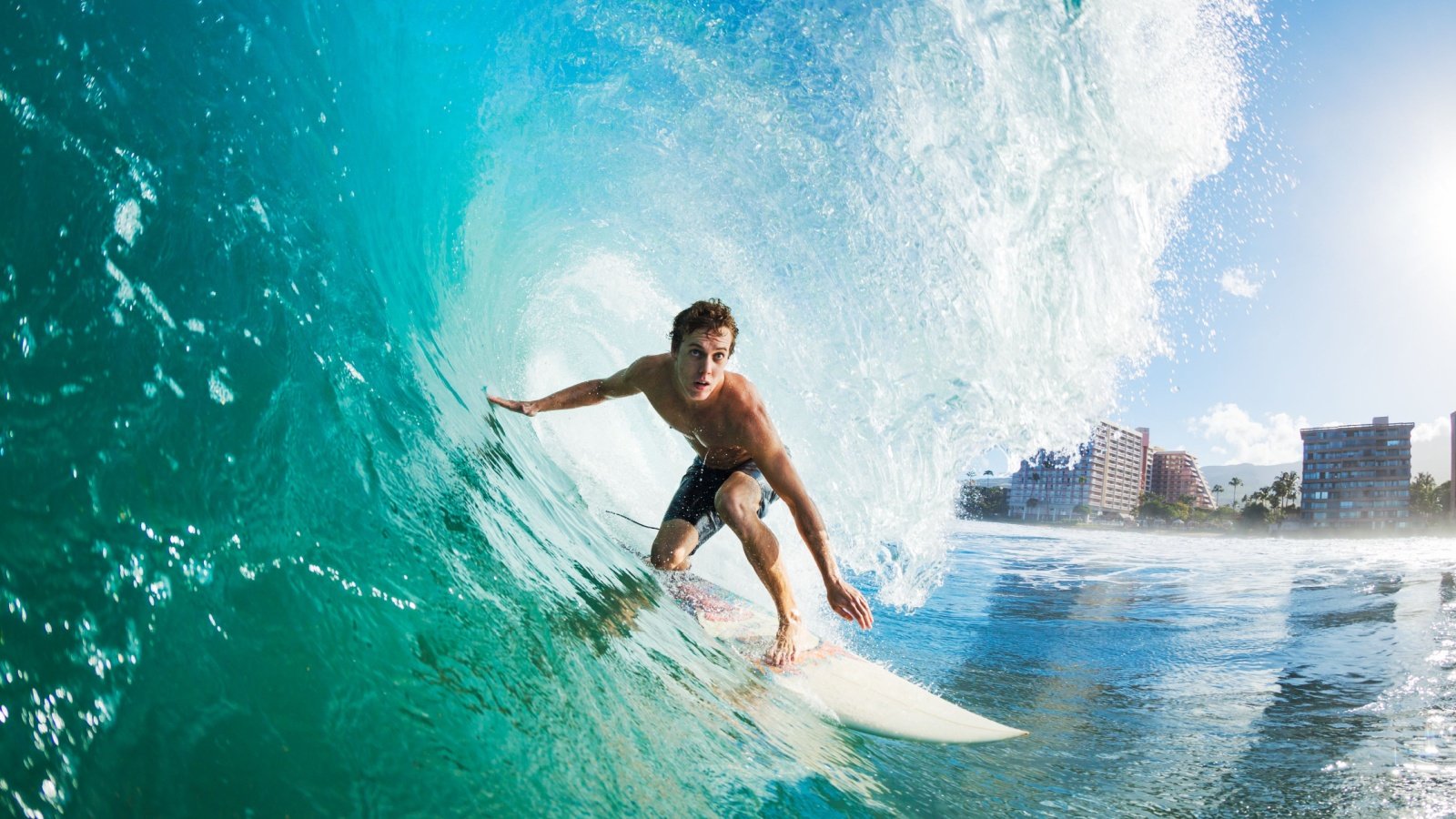
Bull sharks are especially dangerous due to their ability to swim in both salt and fresh water. They have a particularly aggressive nature and are known to venture far up rivers, including the Mississippi River in the United States. The combination of their territorial behavior and presence in unexpected locations contributes to their dangerous reputation.
Portuguese Man O’ War

Often mistaken for a jellyfish, the Portuguese Man O’ War is actually a siphonophore—a colony of numerous organisms working together. Its tentacles can stretch up to 50 feet below the surface, each lined with venom-filled nematocysts that deliver a painful sting capable of incapacitating fish and humans alike. Found floating on the surface of the Atlantic, Pacific, and Indian oceans, its beautiful colors can lure in the unwary.
Moray Eel

Moray eels, with their muscular, snake-like bodies and sharp teeth, are formidable predators residing in crevices within coral reefs. While not typically aggressive toward humans, they can inflict serious injuries if provoked or disturbed. Divers often encounter them across tropical and subtropical waters worldwide.
Stingrays

Stingrays, known for their flat bodies and long, whip-like tails armed with one or more barbed venomous stingers, are generally docile. However, if stepped on or threatened, they can deliver a powerful sting that can be excruciatingly painful and potentially fatal. The tragic death of wildlife expert Steve Irwin highlighted the dangers they pose in their natural habitat.
Stonefish
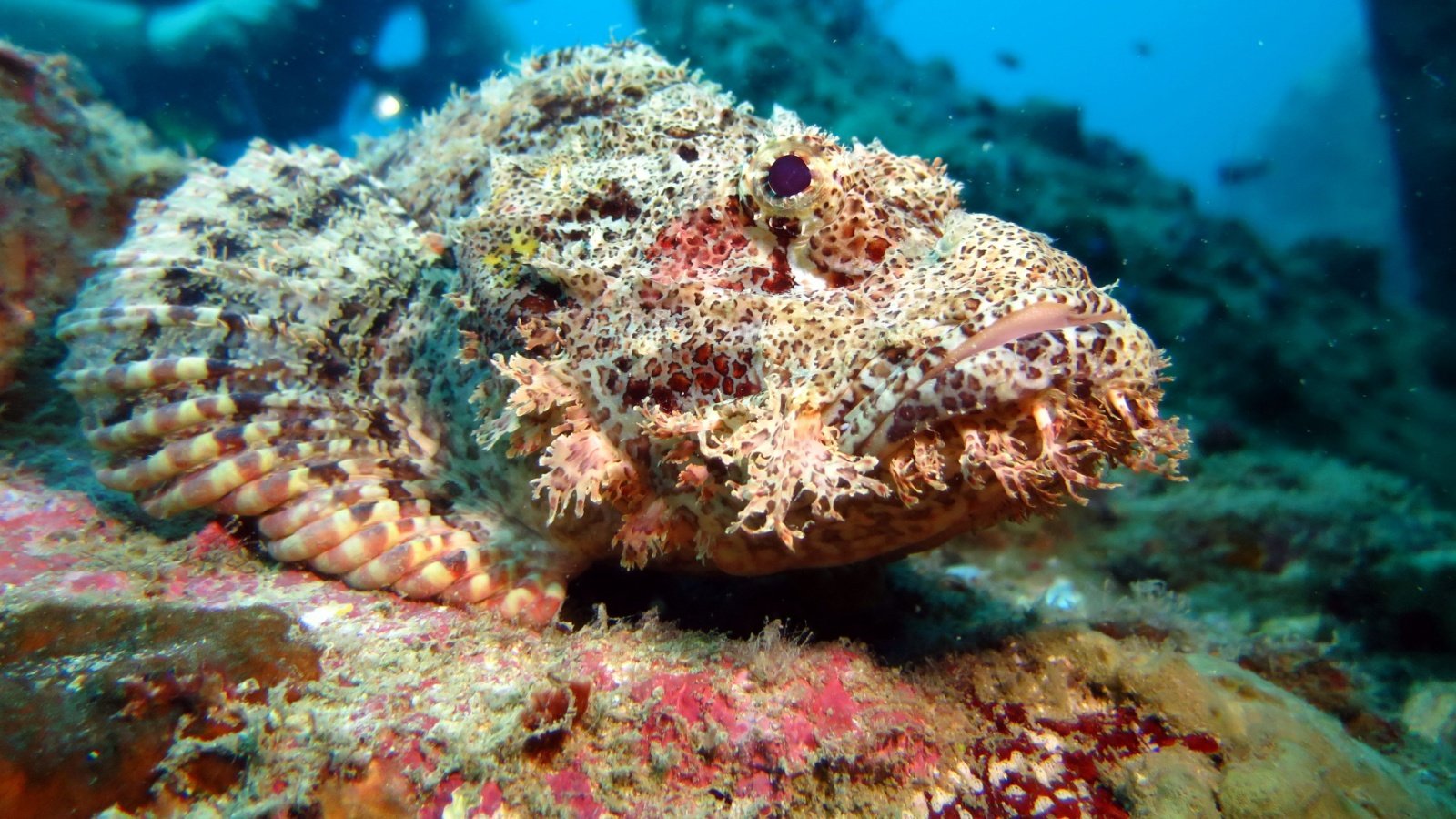
Stonefish are the most venomous fish in the world, capable of injecting lethal venom through spines that line their dorsal area. Camouflaged as a rock, they rest on the ocean floor, poised to strike unwary prey with rapid speed. Accidental human encounters can occur, especially in shallow waters of the Pacific and Indian Oceans, leading to severe injury or death.
Sea Snake

Sea snakes possess some of the most potent venoms found in the animal kingdom, designed to immobilize fish almost instantly. While they are generally not aggressive to humans, their venom can be fatal if delivered. They are found in warm coastal waters from the Indian Ocean to the Pacific and are often mistaken for eels.
Leopard Seal

Leopard seals are apex predators in Antarctic waters, known for their powerful build and aggressive hunting behavior. They feed primarily on penguins and smaller seals, using their strong jaws and long teeth to overpower their prey. Human interactions are rare but can be dangerous due to the seal’s size and strength.
Sperm Whale
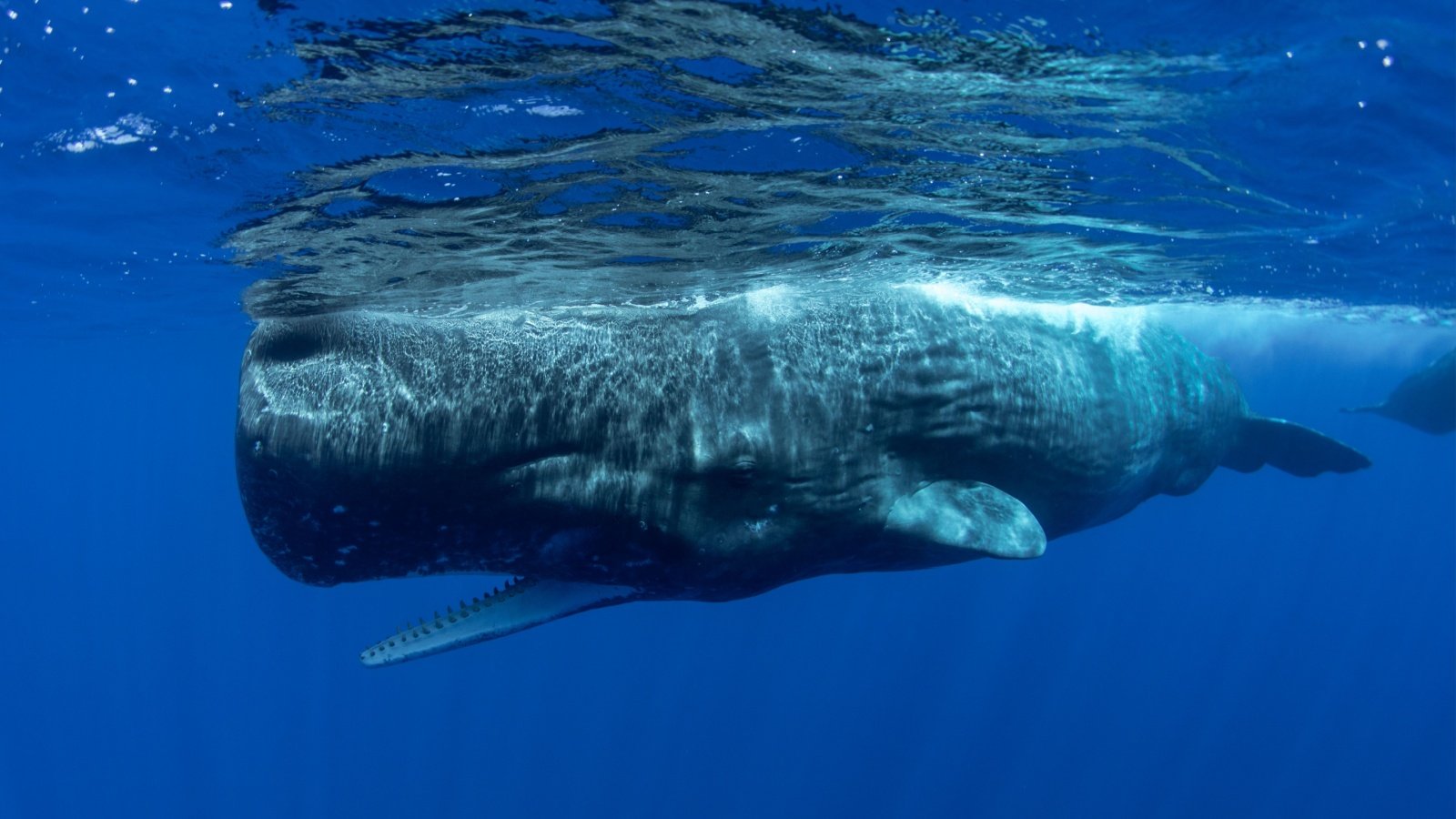
Sperm whales, though not aggressive by nature, can be dangerous due to their sheer size and strength. They are the largest toothed predators on Earth and have been known to sink ships in historical accounts. These giants of the deep roam all the world’s oceans and can pose a threat if provoked or threatened.
Humboldt Squid

Humboldt squid are aggressive predators known as “red devils” for their reddish coloring and hostile behavior. They can grow up to 7 feet in length and are known for their sharp beaks and powerful tentacles, which they use to subdue prey. Divers in the waters of the Eastern Pacific must be cautious of their swarming behavior and potential for aggression.
Fire Coral
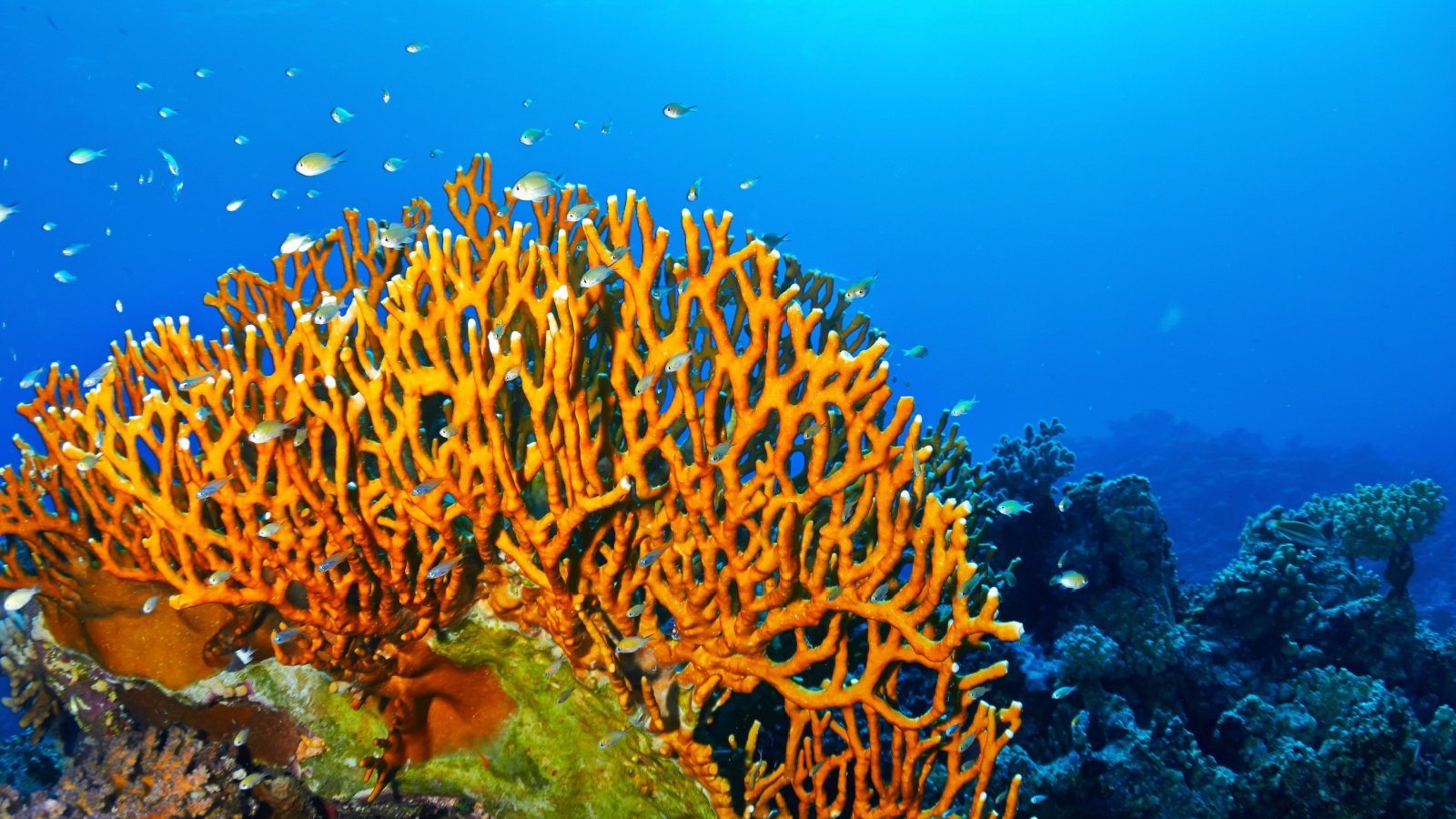
Fire coral, while not a true coral but a hydrozoan, can deliver a painful sting that results in severe skin irritation and blistering. It resembles coral but harbors toxic tentacles that can activate upon contact. Common in tropical waters, fire coral poses a risk to divers and snorkelers who might accidentally brush against it.
Barracuda
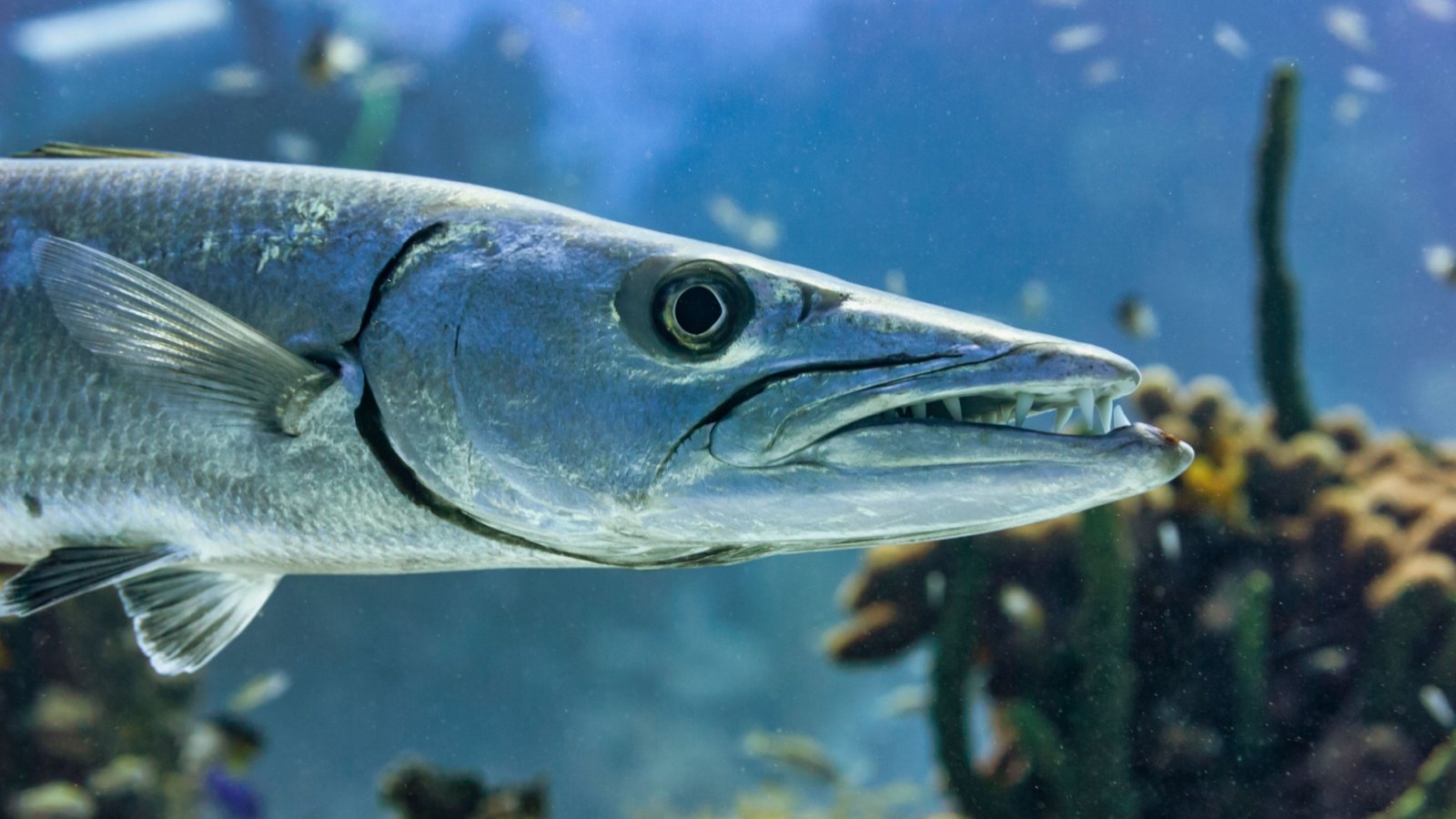
Barracudas are fearsome fish known for their incredible speed and razor-sharp teeth. While attacks on humans are rare, they can be provoked by shiny objects that resemble their prey. These predators are found in nearshore tropical and subtropical waters and are capable of inflicting severe injuries.
Electric Ray

Electric rays have the ability to produce a significant electrical charge to stun their prey and deter predators. Encounters with humans typically occur accidentally, but they can deliver shocks that are painful and potentially incapacitating. They are mostly found on sandy bottoms in shallow coastal waters, often buried in sand.
Greenland Shark
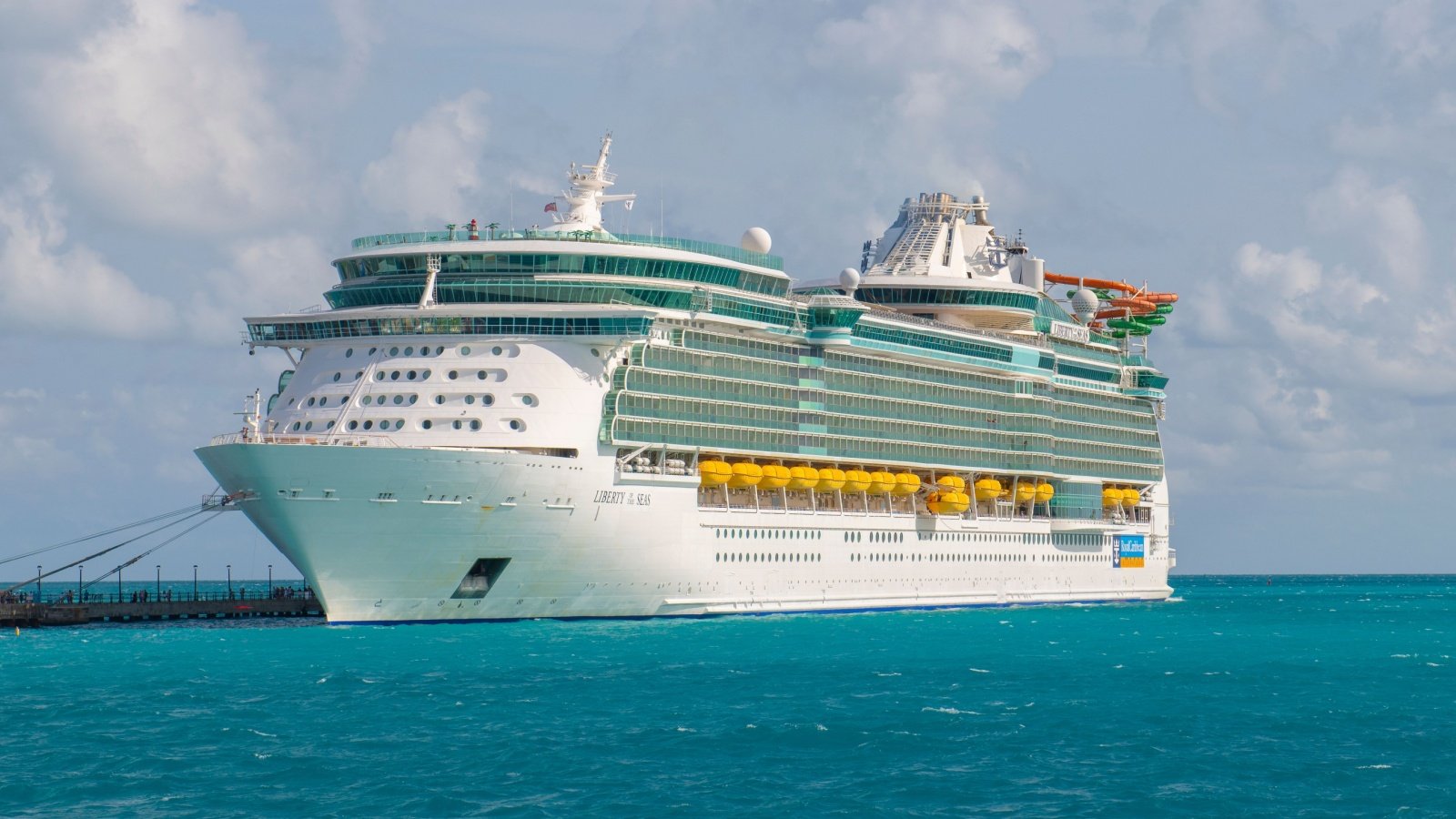
Greenland sharks inhabit the cold, deep waters of the North Atlantic and Arctic Oceans and are one of the Earth’s oldest living vertebrates. Although encounters with humans are exceedingly rare due to their deep-sea habitat, their size and power make them potentially dangerous. These mysterious creatures can grow up to 24 feet in length and weigh over 2,500 pounds.
Goblin Shark
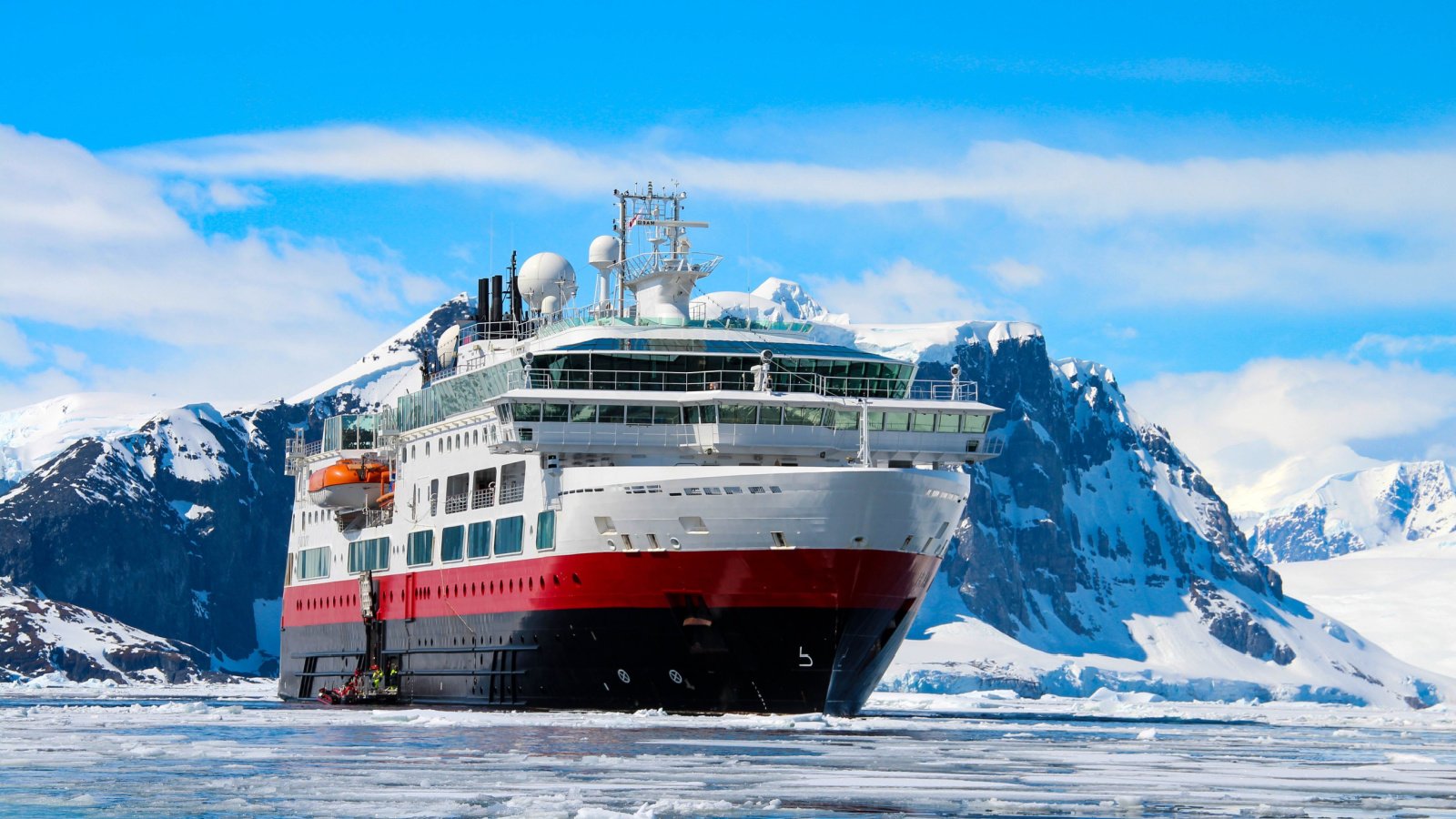
Goblin sharks are elusive deep-sea predators known for their distinctive and somewhat frightening appearance. They have a protruding jaw and nail-like teeth, which they use to snatch fish from the ocean depths. Due to their habitat in deep waters, they pose little risk to humans but remain one of the ocean’s more bizarre dangers.
Irukandji Jellyfish

The Irukandji jellyfish, small and nearly transparent, is one of the world’s most venomous marine creatures. Found in the waters of northern Australia, its sting can cause severe pain, nausea, and even fatal heart complications. Despite their tiny size, they are feared for their potent venom and potential to cause Irukandji syndrome, a severe reaction to their sting.
Mako Shark
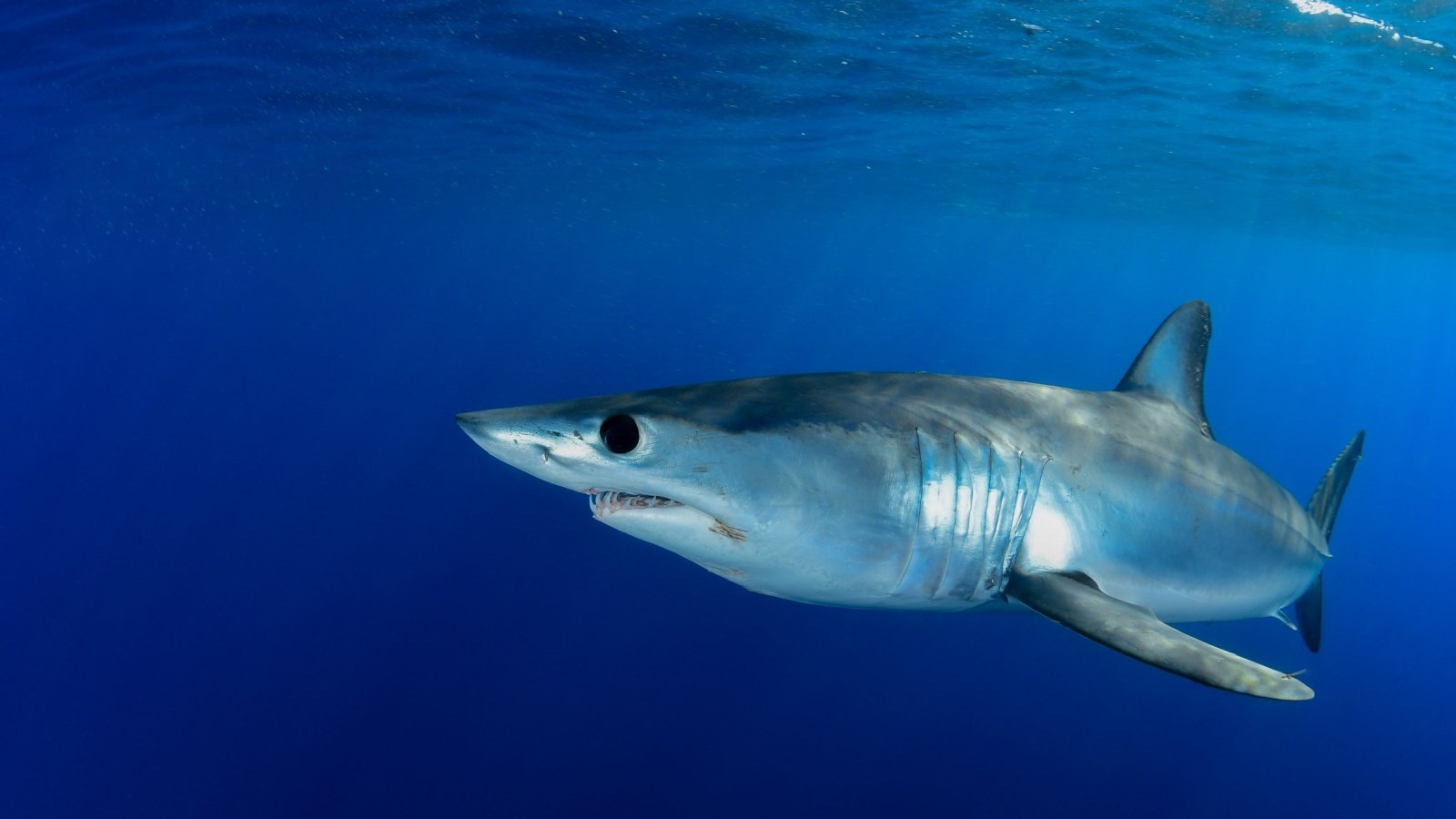
Mako sharks are renowned for their speed and agility, making them one of the fastest shark species in the ocean. While they primarily hunt fish and squid, their unpredictability and powerful build can make them a danger to humans. Encounters with makos, although not common, can be particularly perilous due to their aggressive nature when provoked.
Colossal Squid

The colossal squid is shrouded in mystery, known for its massive size and formidable tentacles equipped with rotating hooks. Rarely seen by humans, it dwells in the deep Antarctic waters, feeding on large fish and even other squid species. While direct interactions with humans are virtually nonexistent, the sheer size and predatory nature of the colossal squid make it a fascinating and fearsome denizen of the deep.
Pufferfish

Pufferfish, while often seen as cute and harmless, contain tetrodotoxin, one of the most potent neurotoxins found in nature. This toxin can paralyze a human, leading to death if not treated immediately. Although they are a delicacy in places like Japan, improper preparation can result in fatal poisoning, making them a risky choice for adventurous diners.
Flower Urchin

The flower urchin is one of the most dangerous urchins in the sea, often overlooked because of its attractive appearance. Its venomous spines can deliver toxins that cause intense pain, paralysis, and sometimes severe allergic reactions. Divers and beachgoers in the Indo-Pacific region should be wary of its beautiful but deceptive allure.



